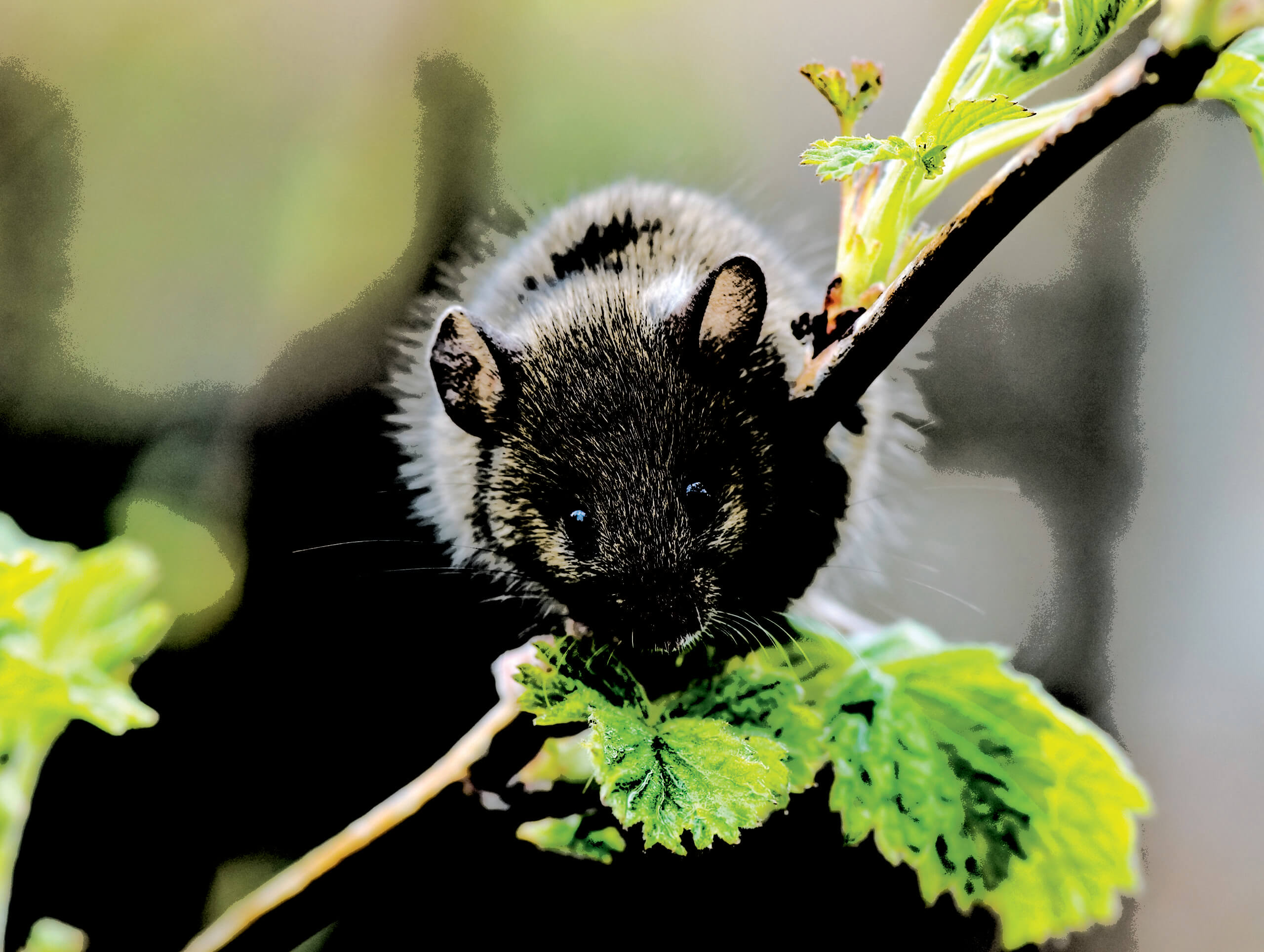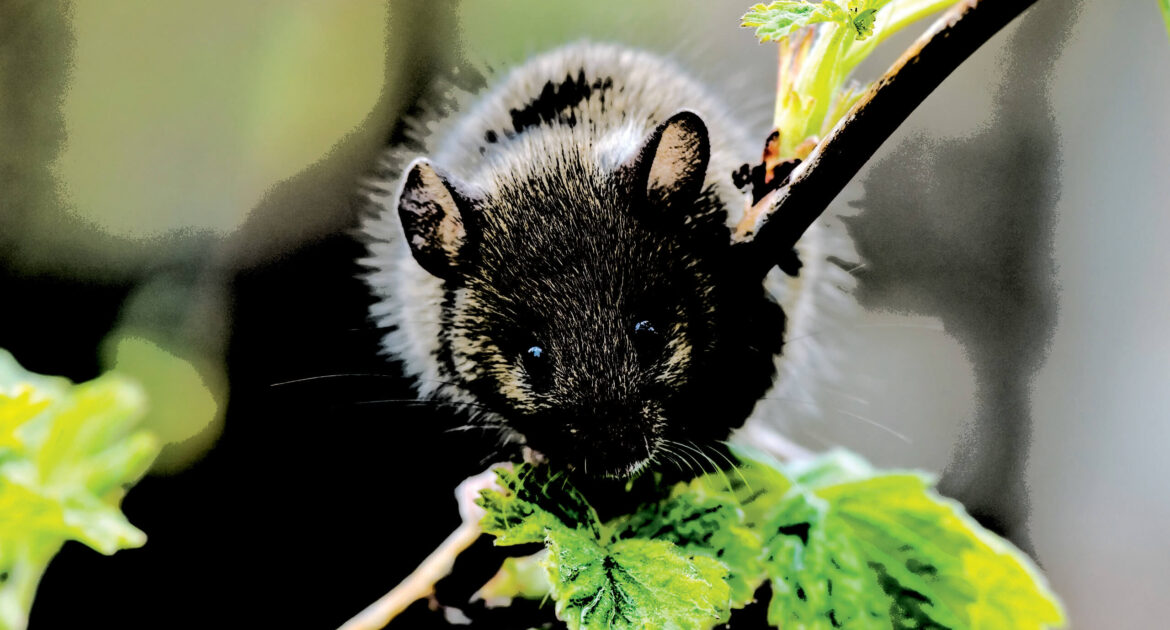Rodents, like mice and rats, reproduce at a lightning-fast rate. One pair of rodents in a home can lead to dozens of them running around inside of the walls and throughout living spaces within a few weeks. Rodents leave behind droppings, saliva, and urine and potentially could spread disease throughout a home. If you see the signs of a mouse or rat infestation, you’ve got to act quickly and call the Pickering animal services professionals to help you remove them and make your home safe again. Skedaddle Humane Wildlife Control has the mice removal knowledge and skills to keep rodents and their diseases out of your home.
The Dangers of a Mouse Infestation
When the weather starts to turn cold, rodents sometimes make their way inside homes to make nests for their babies. Unfortunately for the people that live in these homes, mice and rats don’t just leave behind tiny footprints and fur. They often spread their droppings, including urine and feces throughout the home, including in the kitchen and possibly even on food items. These droppings may be loaded with bacteria or disease-causing pathogens. Also, humans with allergies may get triggered into having a reaction from the dried feces hiding behind drawers and walls inside of a property.
Mouse and rat infestations also could lead to diseases from the parasites that live on these creatures. These rodents may be covered in ticks and fleas. Their parasites may detach and infiltrate a person’s home, attach to a pet or bring in the risk of the people in a home contracting parasitic illnesses, such as Lyme disease, Colorado tick fever, or the bubonic plague.
Hantavirus
One dangerous disease that is linked to a mouse infestation is the hantavirus. Mice are common carriers of this virus and could potentially spread it to people. Humans can contract the virus if they breathe in mouse urine or dried feces. The infection is incredibly rare and causes humans to come down with flu-like symptoms, like a fever, body aches, and chills. In severe cases, it causes problems with lung and heart function and could potentially be fatal.
Salmonella
Salmonella is another potential risk of a mouse or rat infestation. These rodents often go where the food is kept, such as the kitchen, and may be getting into dry goods and other parts of the pantry. Mice and rats also may be running across kitchen counters and leaving behind traces of salmonella bacteria, which could spread into food. If people in the household eat food contaminated with salmonella, they could experience vomiting, diarrhea, and stomach cramps.
Rat-Bite Fever
Rat-bite fever is another illness spread from rodents, including both rats and mice. Just like salmonella, this disease is spread by eating food contaminated with bacteria from having mice or rats in the kitchen. In humans, the disease causes stomach pain, muscle aches, fever, rash, vomiting, and headaches.
Lymphocytic Choriomeningitis
Lymphocytic choriomeningitis is another disease that some mice may carry into a resident’s home. This disease is spread through mouse saliva and urine. The illness results in problems with the neurological system of the body, including brain inflammation and swelling of the meninges that surround the brain. The virus is especially dangerous if transmitted to pregnant women.
The best way to prevent these illnesses and keep you and your family members from getting sick is to keep rodents like mice and rats out of your home. Homeowners who spot rodent droppings, holes in the baseboard, chew marks on things in the kitchen, or wiring or hear the sound of scurrying in their home may have a mouse problem.
Property owners can keep their families safe from these diseases by contacting a wildlife expert right away if they suspect an infestation. Since rodents breed so frequently, it is important to act quickly. Contact Skedaddle Humane Wildlife Control for tips about prevention and an appointment to evaluate the problem.





